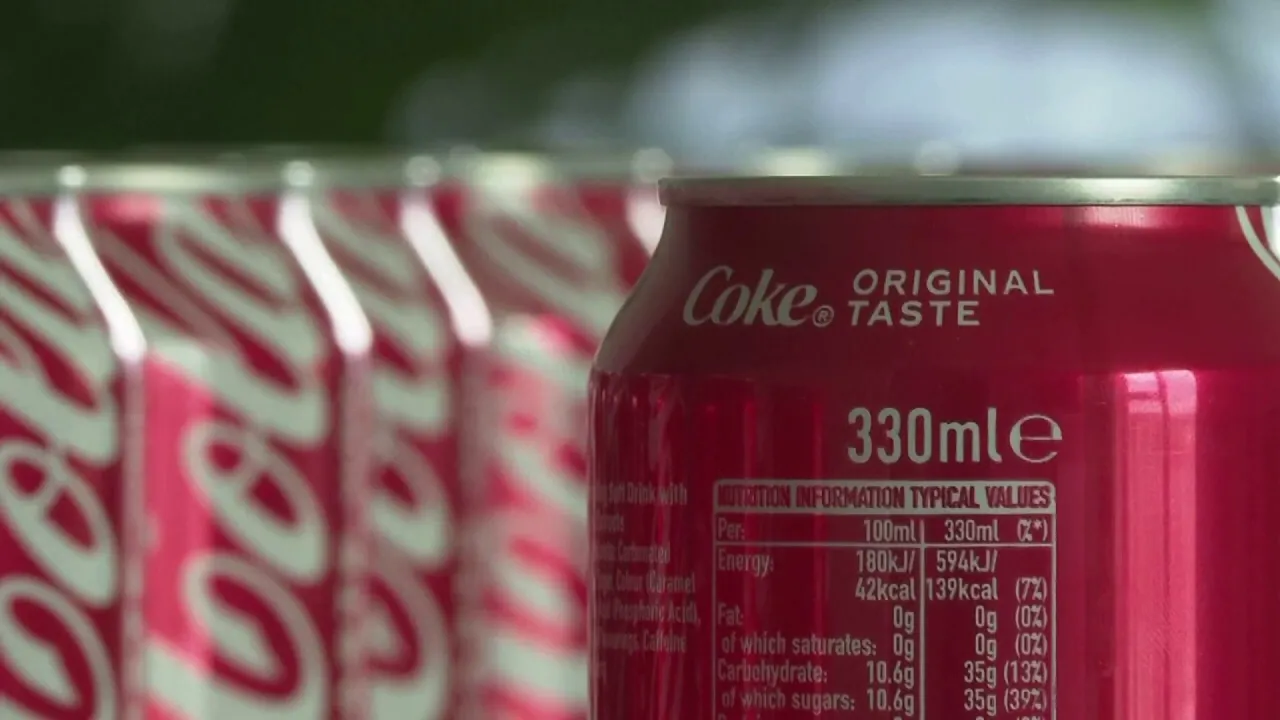
Is Coca-Cola with cane sugar worth it? Bay Area health, business experts weigh in
How did your country report this? Share your view in the comments.
Diverging Reports Breakdown
Is Coca-Cola with cane sugar worth it? Bay Area health, business experts weigh in
Coca-Cola’s coke beverage uses high-fructose corn syrup as its primary sweetener. President Donald Trump has pushed for the brand to make the product with cane sugar. Health and business experts are weighing in on whether the new cane-sugar-sweetened version of Coca-Cola is worth it. Some farmers, for example, in the Midwest where most of the corn is grown, may lose out from the rollout. But farmers in the Sunshine State may thrive from having more jobs and more opportunities for people in the cane sugar industry, an analyst said. The company plans to launch an offering made with U.S. cane sugar this fall in the United States, the brand said. It is a popular product at Chipotle restaurants and Latin markets and is sourced from Mexico.
Local health and business experts are weighing in on whether the new cane-sugar-sweetened version of Coca-Cola is worth it.
The backstory:
On July 16, President Donald Trump shared on Truth Social, “I have been speaking to Coca-Cola about using REAL Cane Sugar in Coke in the United States, and they have agreed to do so. I’d like to thank all of those in authority at Coca-Cola. This will be a very good move by them — You’ll see. It’s just better!”
READ: Coca-Cola confirms Coke with cane sugar is coming
In Coca-Cola’s second 2025 quarterly report released on Tuesday, the brand stated, “As part of its ongoing innovation agenda, this fall in the United States, the company plans to launch an offering made with U.S. cane sugar to expand its trademark Coca-Cola product range. This addition is designed to complement the company’s strong core portfolio and offer more choices across occasions and preferences.”
Coca-Cola sourced from Mexico is made with cane sugar and is a popular product at Chipotle restaurants and Latin markets.
Dig deeper:
Managing attorney and business analyst Parag Amin said, “This is really exciting for American consumers. Not only do we have more choices, we ultimately get to vote and choose what we believe is best for ourselves and our families.”
MORE: No safe amount of processed meats, sugary drinks, trans fatty acids, new study shows
But will it cost more? Amin said most likely.
“Estimates for the increase in Coca-Cola costs for the new cane sugar version is estimated to be 5-15% higher than high-fructose corn syrup,” he explained.
Amin said what’s on the pallet and in the wallets of consumers may dictate an industry taking a hit from the rollout.
He explained, “…some farmers, for example, in the Midwest where most of the corn is grown, may lose out.”
READ: Robert F. Kennedy Jr. supports expanded dietary recommendations for dairy products
Meanwhile, farmers in the Sunshine State may thrive.
“Florida may end up benefitting from having more jobs and more opportunities for people in the cane sugar industry,” he said.
Dana Weart, the director of dieticians at HCA Florida Brandon, said health-wise, there is not a big distinction between cane sugar and high-fructose corn syrup.
“The high-fructose corn syrup has slightly more fructose at the 55% where the cane sugar or sucrose is only 50%, so it could technically draw a little more effort from the intestines and liver,” she explained.
She cited a study from the National Insitute of Health (NIH).
MORE: Research suggests link between diet and depression risk in women
“They measured a group of a little over 750 participants, and they looked at the difference between high-fructose corn syrup and the cane sugar,” she said.
Those participants used sugar or high-fructose corn syrup as 20% of the daily caloric intake.
“….And really found no measurable differences in between waist circumference, some laboratory values to include cholesterol and triglicerides and blood pressure,” she explained.
Weart said it comes down to a matter of preference but encourages to have it in moderation.
“Looking at my intake of calories and my output of energy and balancing the two and making room for the choice that looks best for me that day,” she said.
